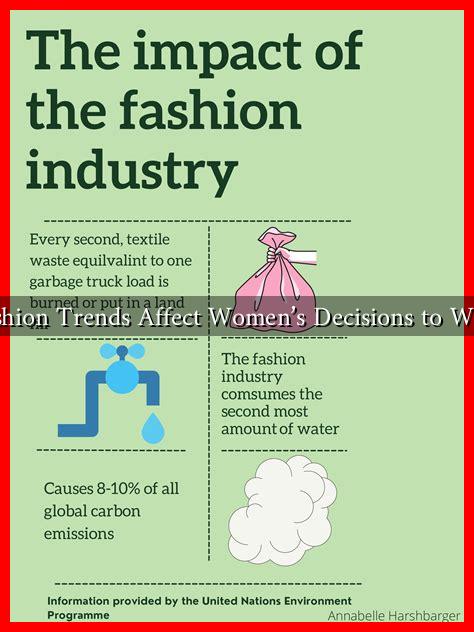-
Table of Contents
How Do Fashion Trends Affect Women’s Decisions to Wear the Veil?
The relationship between fashion trends and women’s choices regarding the veil is a complex interplay of cultural, social, and personal factors. As global fashion evolves, so too do the perceptions and practices surrounding the veil, which is worn by many women for religious, cultural, or personal reasons. This article explores how contemporary fashion trends influence women’s decisions to wear the veil, examining the implications of style, identity, and societal expectations.
The Veil: A Symbol of Identity
The veil, often associated with Islamic culture, serves as a powerful symbol of identity for many women. It can represent religious devotion, cultural heritage, or personal choice. However, the decision to wear a veil is not solely based on these factors; it is also influenced by prevailing fashion trends. As fashion evolves, so do the styles and perceptions of the veil.
Fashion Trends and Their Impact
Fashion trends can significantly impact women’s decisions to wear the veil in various ways:
- Style Evolution: The introduction of modern fabrics, colors, and designs has transformed traditional veiling practices. Designers like Hijab Fashion have created contemporary styles that appeal to younger generations, making the veil more fashionable and accessible.
- Celebrity Influence: Celebrities and influencers play a crucial role in shaping fashion trends. When public figures like Halima Aden embrace the veil in stylish ways, it encourages others to adopt similar practices, blending tradition with modernity.
- Social Media: Platforms like Instagram and TikTok have become vital in promoting diverse styles of veiling. Women share their unique interpretations of the veil, showcasing how it can be integrated into various fashion trends.
Case Studies: The Veil in Contemporary Fashion
Several case studies illustrate how fashion trends have influenced women’s decisions to wear the veil:
- Muslim Fashion Weeks: Events like the Muslim Fashion Week in New York have highlighted the intersection of faith and fashion. Designers showcase collections that include stylish veils, encouraging women to embrace their identity while staying fashionable.
- High Fashion Collaborations: Collaborations between high-fashion brands and Muslim designers have led to the creation of chic, modern veils. For instance, the partnership between Dior and Muslim designers has resulted in collections that appeal to a broader audience, making the veil a fashionable choice.
- Street Style: The rise of street style has also impacted how women perceive the veil. Many women are now incorporating the veil into their everyday outfits, blending it with casual wear, thus normalizing its presence in contemporary fashion.
Challenges and Considerations
While fashion trends can positively influence women’s decisions to wear the veil, challenges remain:
- Misrepresentation: The media often misrepresents the veil, leading to stereotypes that can discourage women from wearing it.
- Peer Pressure: In some communities, women may feel pressured to conform to specific fashion trends, which can conflict with their personal beliefs about veiling.
- Accessibility: Not all women have access to fashionable veiling options, which can limit their choices and influence their decisions.
Conclusion: The Veil as a Fashion Statement
In conclusion, fashion trends significantly affect women’s decisions to wear the veil, intertwining personal identity with contemporary style. As the fashion landscape continues to evolve, the veil is increasingly seen as a versatile accessory that can be adapted to various fashion statements. The influence of celebrities, social media, and modern design has made the veil more accessible and appealing to a broader audience. However, challenges such as misrepresentation and peer pressure persist, reminding us that the decision to wear the veil is deeply personal and multifaceted. Ultimately, the veil remains a powerful symbol of identity, reflecting the dynamic relationship between culture and fashion.


